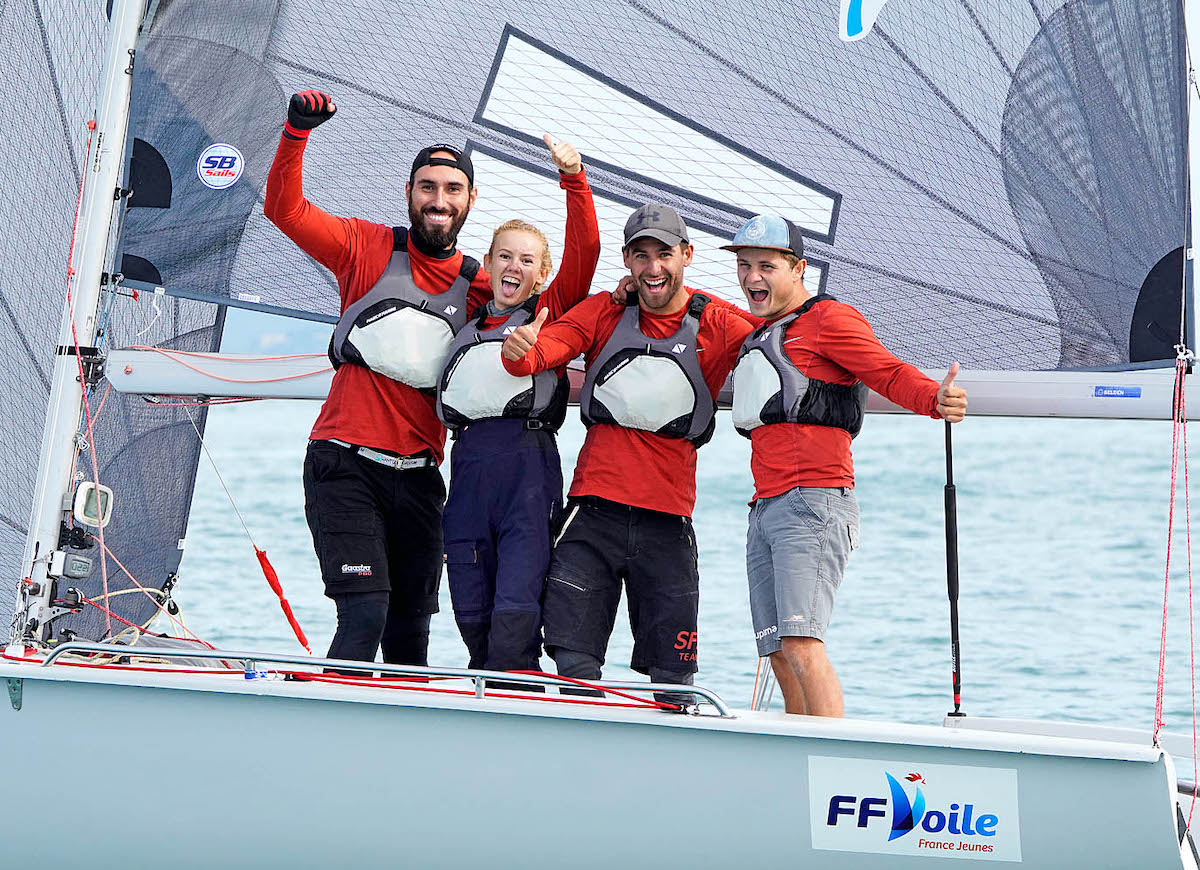HOW THE SB20 LAUNCHES SAILING CAREERS
The SB20 Class has become one of the trusted youth sailing platforms, helping young sailors transition from dinghies to keelboats through federation programs, club initiatives and international competition. For young sailors the transition from dinghies to keelboats can be uncertain – a gap where some drift away. Yet, in the SB20 Class, that passage has become a proven pathway to the world sailing stage – and one of the most successful youth sailing platforms. In France the SB20 Class has built a model with the French Sailing Federation that shows how retaining youth sailors can work.
A proven platform for youth sailing development
As Ed Russo, President of the French SB20 Class, explains the partnership was designed with a dual mission:
“To help transition and retain high-performance sailors, who have reached the end of the small-boat/dinghy level, and to offer high-performance sailors, who have decided to drop their Olympic campaign, a chance to continue sailing internationally”
Too often, he says, young athletes reach the end of youth or Olympic pathways – “going from high school to university and changing many aspects of their life” – and drop out of the sport altogether. The SB20 French Youth Talent Project (France Jeunes) offers them an accessible alternative. It runs through an annual selection process with sailors applying to join and receiving boats and coaching support, while covering most of their own expenses.
French Olympic medallist and national youth coach Xavier Rohart believes the SB20 remains one of the most effective boats to train young sailors. Affordable, durable and easy to transport, it allows federations to offer fantastic entry-keelboat experience without prohibitive costs: “It’s a great boat to develop youth potential – powerful, fast and full of sensation,” – he says.
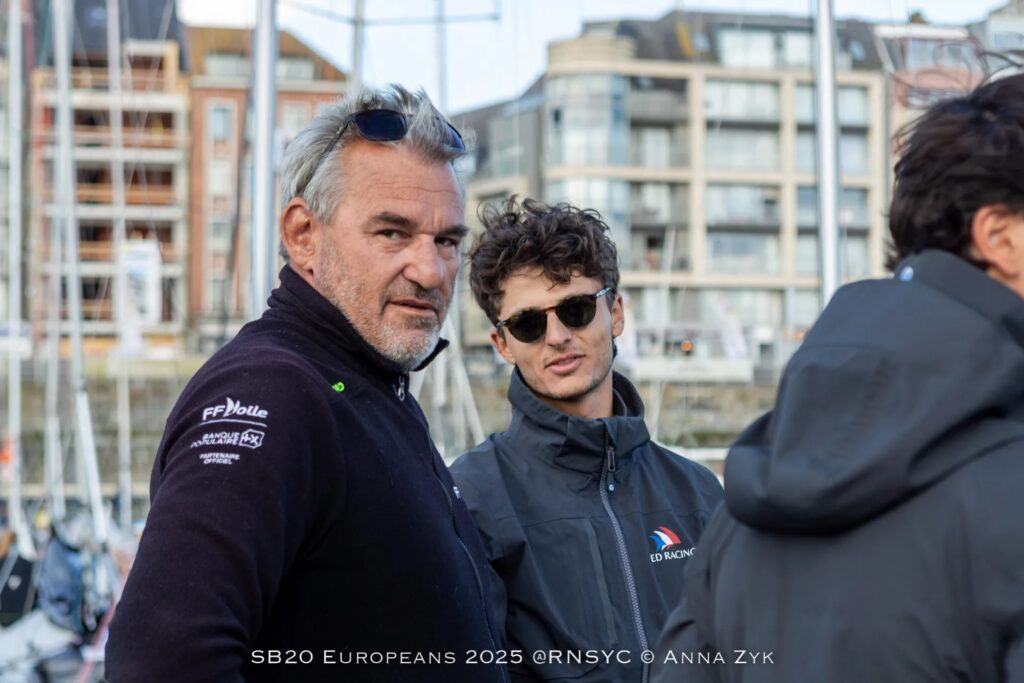
SB20 is a practical, low-cost boat, as Ed Russo points out, the SB20 benefits everyone involved: “Almost all sailing federations are losing members,” – he says. “If you can show that for a small cost you can retain a high number of sailors, that’s the key. It’s in the interest of every federation to keep their best talent engaged and visible”.
How Federations and Clubs are growing youth sailing through the SB20
In Malta, the growing fleet of 15 boats is proving that accessibility and opportunity can thrive in smaller nations too. “The SB20 provides a platform for sailors leaving the ILCA Class to continue their sailing,” – says Michael Mifsud, President of the Maltese Sailing Federation. “It gives them exposure to keelboat racing and opportunities to join larger crews in events like the Rolex Middle Sea Race. For us it’s a fantastic Class!”
Rohart hopes that other nations will follow this model: “It’s affordable for a federation to buy two boats, appoint a coach and support the youth teams”. He also encourages the idea of the event organisers to include youth assistance in their bids, like it happened at the Ostend 2025 Europeans – through shared accommodation or small grants, as seen in other Classes. Such collaboration, he believes, is vital to inspire the next generation and ensure the long-term future of sportsboat sailing.
Since 2013, the French Youth Talent Project saw around ten youth teams with sailors – including Robin Follin, Achille Nebout, Ian Garetta and Ange Delerce – to name a few – succeeding in professional sailing.
France has produced a number of SB20 World Champions – Robin Follin won it twice. For him the SB20 came at a pivotal time in his sailing career. In 2014, his Give Me Five team began training for the SB20 Worlds. A year later they were crowned the SB20 World Champions in Torbole.
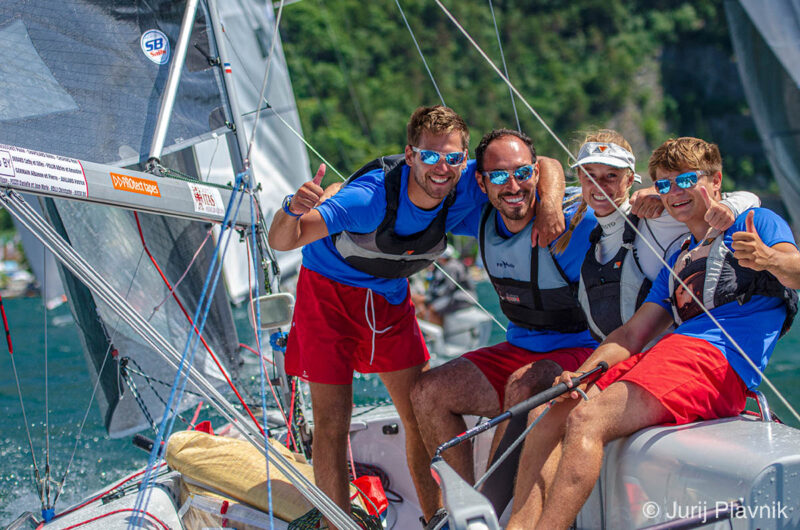
“We have prepared really well with [coach] Philippe Michel,” – Robin recalls, – “but we were young and no one expected us to win. I think we created a big surprise for many people.”
That victory marked the start of something bigger. Robin’s team went on to dominate youth events, picking up world and youth titles and in 2019, they won the SB20 Worlds again – this time in Hyères, Robin’s home waters where he had sailed his first Optimist. “It was very special,” – he says. “We were back where everything began. And for me it proved that youth teams can compete with anyone, if they work hard and have the right spirit.”
Those years in the SB20 shaped the foundation for what came next. Follin was later selected as skipper for the Red Bull Youth America’s Cup, competed in match racing, GC32s and offshore sailing. As this article was written Robin prepared for Transat Café de l’Or double-handed on Class40 sponsored by Solano.
“Between 2014 and 2015, we did five world championships,” – said Robin. “The SB20 gave us a way to dream, to travel, to perform. I hope many young sailors can experience that too.”
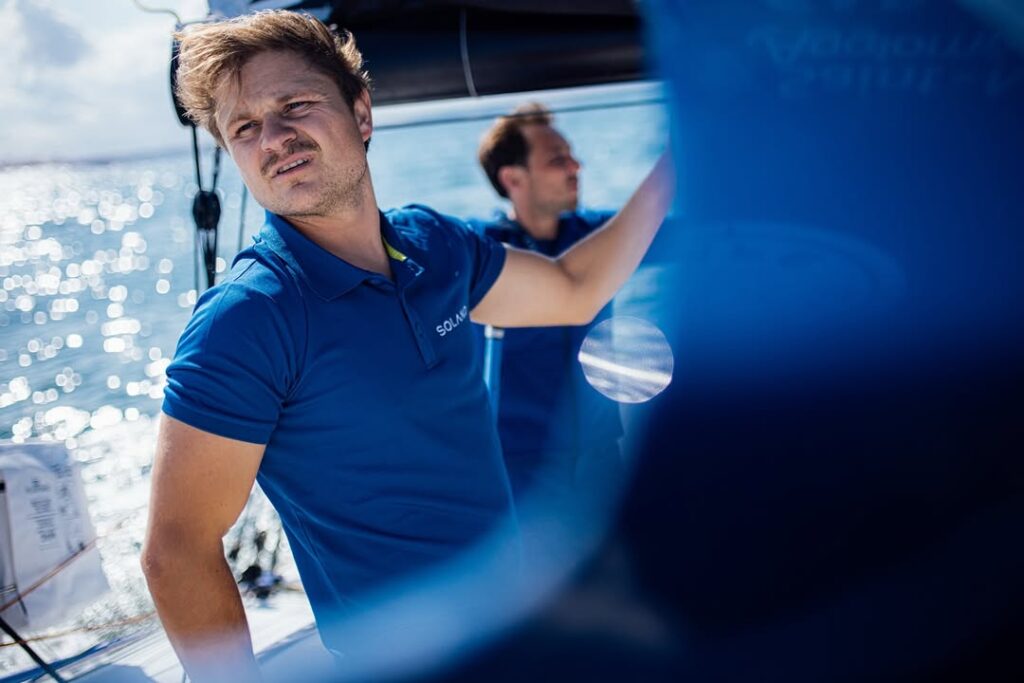
In 2026 the SB20 Worlds will return to Hyères – a fitting homecoming to the waters that proved how far young sailors can go. Half a world away, Will Sargent’s rise through the Class echoes that same spirit. The Tasmanian sailor raced in ILCA classes and eventually discovered the SB20 – winning his first SB20 National title at just 18.
In 2023, his home-sponsored Ares Racing team claimed the SB20 World Championship in Scheveningen:
“Winning the SB20 Worlds was one of the key factors that allowed me to become a professional sailor,” – Will explains. “The result got my name out into the sailing world outside of Australia. Without it, I am not sure if I would be as fortunate as I am now, getting to work with some of the top sailing teams in the world.”

Today, he races professionally across both hemispheres and has a fully booked calendar for 12 months ahead – in Cape 31s, J70s, SB20s and offshore races like the Sydney-Hobart. But he hasn’t forgotten where it began:
“The SB20 Class always supported the youth teams I sailed with. We felt like as we started to gain success, people only became more supportive of us both in Australia and internationally.”
In Belgium, the Royal North Sea Yacht Club has shown how a sailing club can make a difference through the Sailing Betties project – a fleet of five SB20s dedicated to advancing youth and female participation. Supported by local sponsors and the Club the initiative gives them regular access to competitive regattas and training.
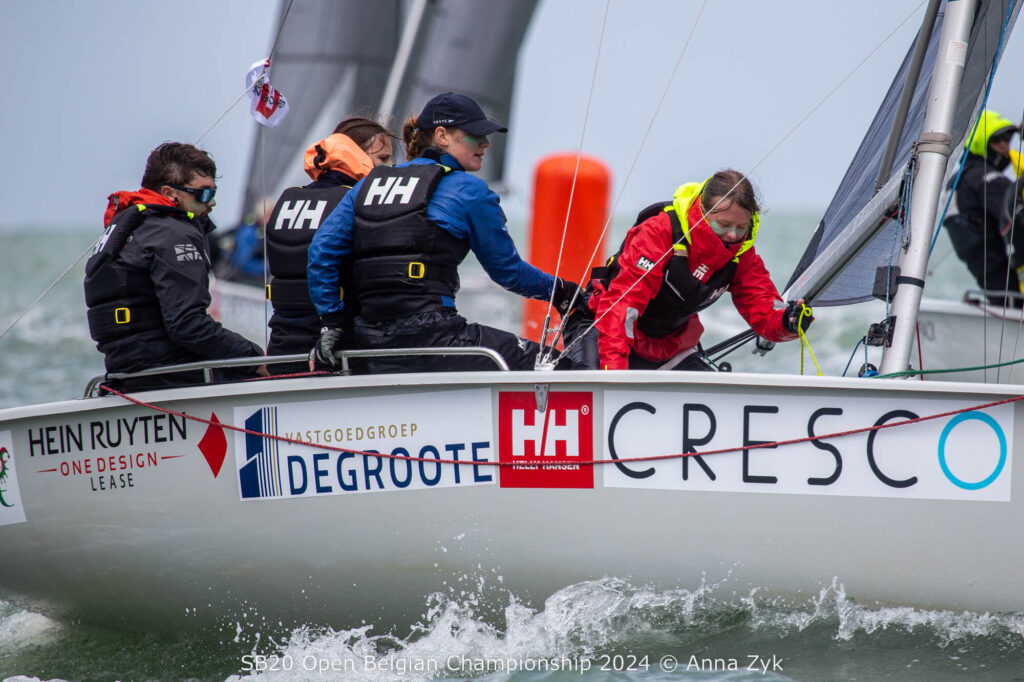
University and school sailing programmes have also found a natural fit in the SB20. Teams such as D.S.W.Z. Broach in the Netherlands, NUS and SMU Sailing in Singapore, Radley College in the UK or Hutchins School in Tasmania use the Class to give students hands-on keelboat experience and a pathway into competitive sailing.
As the SB20 World Championship returns to Torbay in 2027, the next generation of British sailors are finding their place in the fleet. At this year’s UK Nationals a youth team supported by Sailing Chandlery and the UK Class joined the competition – some of them having first discovered the SB20s as young teenagers years earlier and others – just coming out of the ILCA Class. They were instantly hooked by the fun, the boat speed and the community that defines the SB20 fleet.
“Everyone wanted us to improve as much as we did,” – commented Mark Ripley from Sailing Chandlery Youth Team. – “We learnt so much in just a few days and off the water we were made to feel part of everything. It’s a Class that really welcomes young sailors”.
From national programs like France’s to independent initiatives around the world the SB20 has shown there’s no single route to success. . As more nations look for ways to keep talented sailors engaged beyond their youth classes, one question comes naturally – could the SB20 be the answer? And how many future champions are already out there – waiting for their victorious downwind run to the finish line?
Text – Anna Zyk
Feature photo credit – Pierrick Contin (Give Me Five winning SB20 Worlds 2019)

